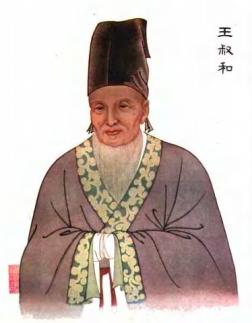Inguinal mass
Oriental medicine does not see body and mind as different and is therefore comfortable in understanding and treating many problems that do not fit into rigid categories.This is the story of how a mass disappeared with one single acupuncture treatment.
Patient was a female who had made huge progress over four months of weekly treatments for emotional issues. She reported that two nights before she experienced sharp pains in her left inguinal region that lasted all night. This was an isolated episode and the pain had since disappeared. Palpation revealed a finger-like mass, over an inch long, in her left inguinal groove. Patient just had cancerous tissues removed from her breasts less than a year before and she was visibly saddened and disappointed with this discovery despite being told that the presentation of her inguinal mass did not resemble a cancerous tumor. More likely it was an insubstantial Qi mass that would not even show up in imaging.
Acupuncture was given. Palpation after treatment showed that the mass had disappeared.
Chinese medical classics including the Nan Jing and the Su Wen have described Running Piglet Qi and abdominal masses as symptoms of the Ren or Conception Channel. (Please refer to a similar case reported in ‘Running Piglet’ under ‘Conditions’ on this website.) Wan Shu He in the Pulse Classic (c. AD 610) described Conception Channel disorder as causing ‘finger-shaped accumulations of Qi in the abdomen which may surge up toward the heart’. Chinese medicine makes a distinction between substantial and insubstantial masses. The former are fixed while the latter may come and go. Conception Channel masses are insubstantial masses. However, an insubstantial Qi mass may develop into a fixed, substantial mass.
Western medicine did make a connection between psychiatric problems and the reproductive organs, hence the term ‘hysteria’. There was a time when hysterectomy was used to treat the ‘insane’. In more recent times our patient’s symptoms may be described as ‘psychosomatic’. The split between body and mind, that is, between physical medicine and psychiatry, may induce a medical doctor to refer our patient to see a psychiatrist. Oriental medicine does not see body and mind as separate and is therefore comfortable in understanding and treating many problems that do not fit into rigid categories.

